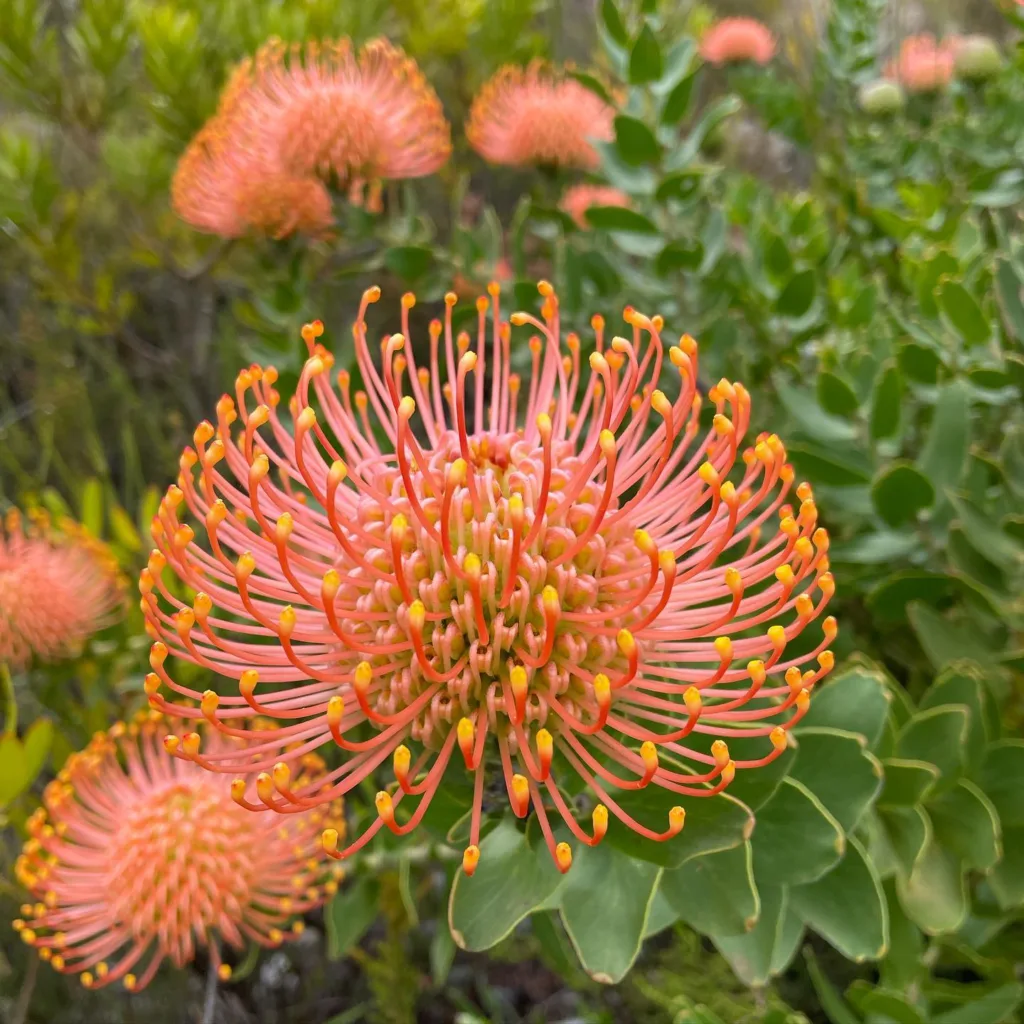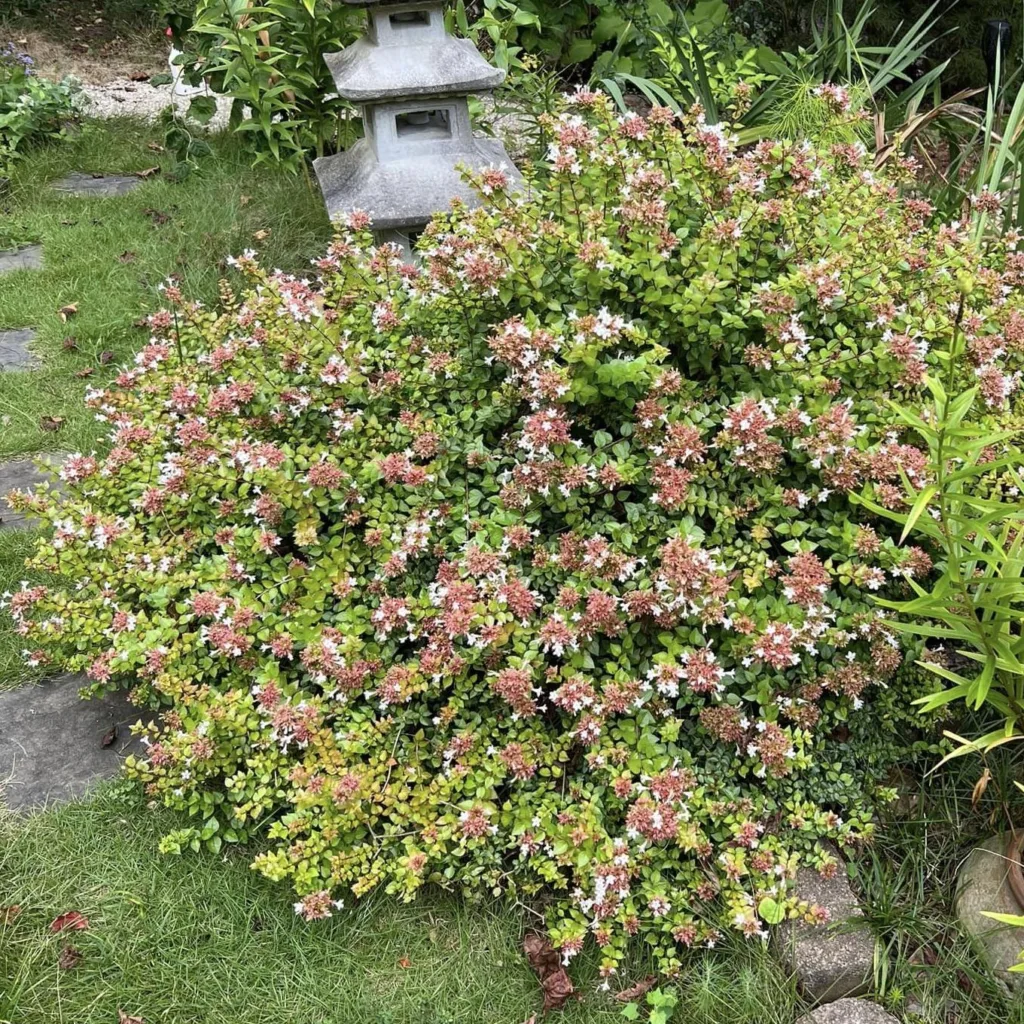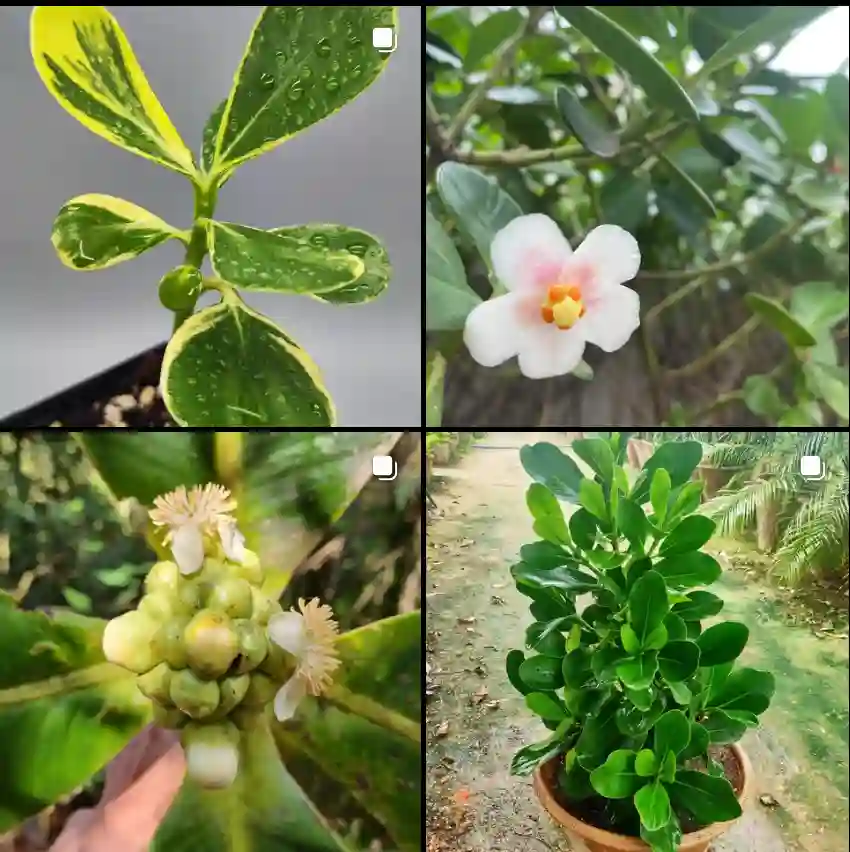
Tahitian Bridal Veil Plant vs. Bridal Veil Plant Spirea: Frequently Asked Questions
When I first encountered the Tahitian Bridal Veil Plant and the Bridal Veil Plant Spirea, I was drawn to both their delicate beauty and the intriguing similarities in their names. However, as I got to know them better, I realized they are quite distinct, each with unique characteristics and care needs. If you’re considering adding either to your garden or home, here are some FAQs to guide you.
What Does a Bridal Veil Plant Look Like?
The Tahitian Bridal Veil Plant, scientifically known as Gibasis Geniculata, is a trailing plant with small, white, star-shaped flowers. The foliage is a deep green on the top and purplish on the underside, giving it a lovely contrast when viewed from different angles. The plant’s cascading habit makes it perfect for hanging baskets, where it can drape beautifully.
On the other hand, the Bridal Veil Plant Spirea, often referred to simply as Spirea, is a deciduous shrub with arching branches covered in clusters of tiny white flowers. This plant has a more structured, bushy appearance compared to the delicate trailing of the Tahitian Bridal Veil. The flowers of Spirea are particularly abundant in the spring, creating a cloud-like effect that’s simply breathtaking.
Bridal Veil Plant Care: Indoors vs. Outdoors
When it comes to Bridal Veil Plant Care, it’s important to distinguish between the Tahitian Bridal Veil and the Bridal Veil Plant Spirea, as their needs differ significantly.
For the Tahitian Bridal Veil Plant, care indoors is relatively simple. This plant thrives in bright, indirect light. It’s essential to keep the soil consistently moist but not soggy; overwatering can lead to root rot. I’ve found that misting the plant regularly helps maintain the humidity it loves. This is especially crucial if you’re keeping the plant indoors where air tends to be drier.
Outdoors, the Tahitian Bridal Veil Plant can be placed in a shaded or partially shaded area. It’s a great choice for hanging baskets on a porch or in a garden with filtered sunlight. The plant appreciates warmth and does not tolerate frost, so it’s best suited for USDA zones 10-11 or as an annual in cooler climates.
Bridal Veil Plant Spirea, on the other hand, is hardier and can thrive outdoors in a wider range of conditions. It prefers full sun to partial shade and well-drained soil. Spirea is remarkably low-maintenance once established, making it a fantastic choice for garden borders or as a standalone shrub. In my experience, it requires minimal watering, only during prolonged dry periods.
Bridal Veil Plant Not Flowering?
If your Tahitian Bridal Veil Plant is not flowering, the most common issue is insufficient light. Moving it to a brighter spot can often encourage blooming. Ensure it’s not too shaded, as this can prevent the formation of flowers. Fertilizing with a balanced houseplant fertilizer every month during the growing season can also boost its flowering potential.
For Spirea, a lack of flowers might be due to improper pruning. Spirea blooms on old wood, so pruning at the wrong time can remove the flower buds. It’s best to prune immediately after the flowering period to avoid cutting off next year’s blooms. Fertilizing in early spring with a balanced fertilizer can also enhance flowering.
Bridal Veil Plant Propagation
Propagating the Tahitian Bridal Veil Plant is a straightforward process. I like to take cuttings from the tips of the plant in spring or early summer. These cuttings root easily in water or directly in soil. Keeping the cuttings in a warm, humid environment encourages faster rooting.
For Spirea, propagation is typically done through cuttings or by division. Taking softwood cuttings in early summer and rooting them in moist soil works well. Alternatively, mature plants can be divided in the fall or early spring. This method not only propagates the plant but also rejuvenates older specimens.
Bridal Veil Plant Pruning
Pruning the Tahitian Bridal Veil Plant is essential to maintain its shape and encourage bushier growth. I recommend trimming back the stems lightly after flowering. This not only keeps the plant tidy but also stimulates new growth.
For Spirea, pruning is slightly more involved. After the blooming period, I cut back the spent flowers and trim the plant to shape it. Every few years, a more severe pruning can be done in late winter or early spring to rejuvenate the plant and promote healthy new growth.
Is the Bridal Veil Plant Toxic?
The Tahitian Bridal Veil Plant is not considered toxic, making it a safer choice for households with pets or small children. However, it’s always best to keep plants out of reach to avoid any potential issues.
The Bridal Veil Plant Spirea is also non-toxic, but it’s always wise to monitor any pets or children around garden plants to prevent accidental ingestion.
Why is My Bridal Veil Plant Turning Brown?
Browning of the Tahitian Bridal Veil Plant can occur due to several reasons. Overwatering, leading to root rot, is a common culprit. Ensure the soil is well-draining and that the plant isn’t sitting in water. Browning can also result from too much direct sunlight, which can scorch the leaves. Moving the plant to a slightly shadier spot often helps.
In the case of Spirea, browning may be a sign of drought stress or disease. Regular watering during dry spells and ensuring good air circulation around the plant can prevent these issues.
Conclusion
Understanding the differences between the Tahitian Bridal Veil Plant and the Bridal Veil Plant Spirea is key to providing the best care for each. While both are beautiful additions to any garden or home, they have distinct needs and characteristics. Whether you’re drawn to the cascading elegance of the Tahitian Bridal Veil or the abundant blooms of the Spirea, proper care will ensure that these plants thrive and continue to bring joy to your space.
If i die, water my plants!



